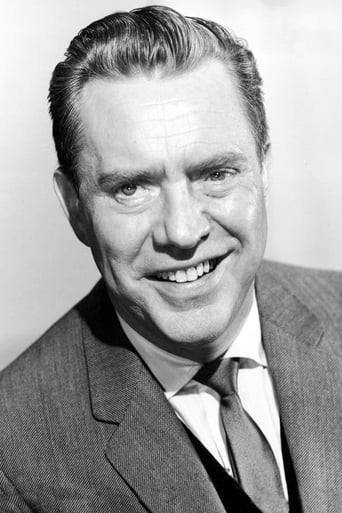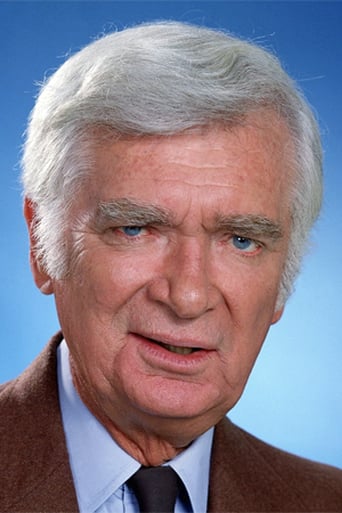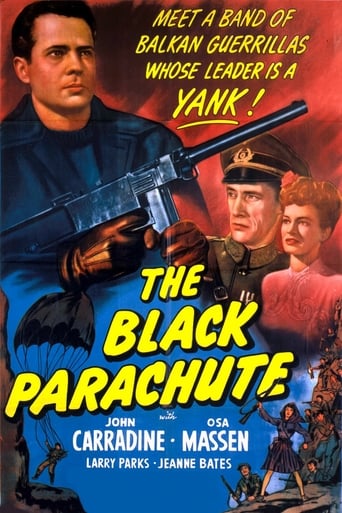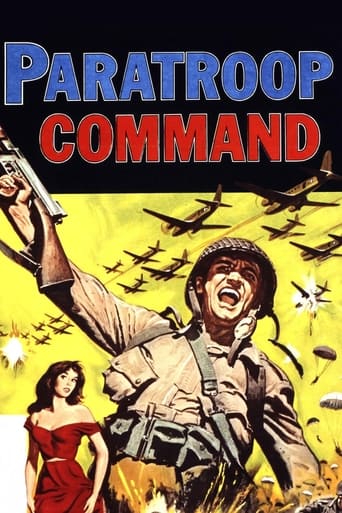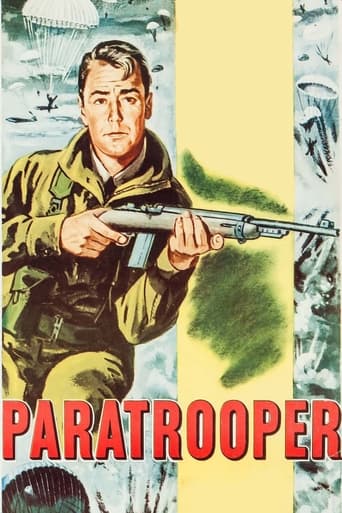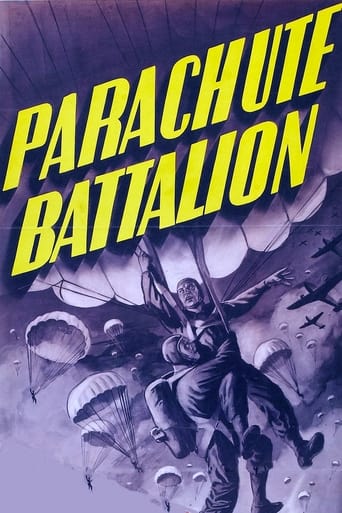
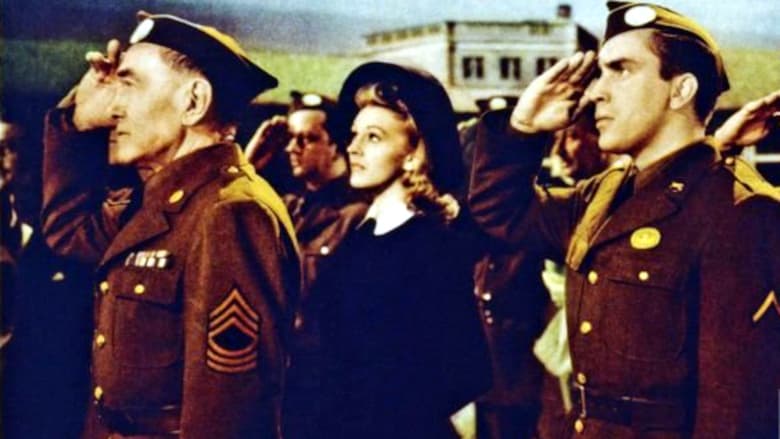
Parachute Battalion (1941)
Director Leslie Goodwins' 1941 military drama, about various men who become buddies when they join the paratroopers, stars Robert Preston, Edmond O'Brien and Buddy Ebsen.
Watch Trailer
Cast
Similar titles
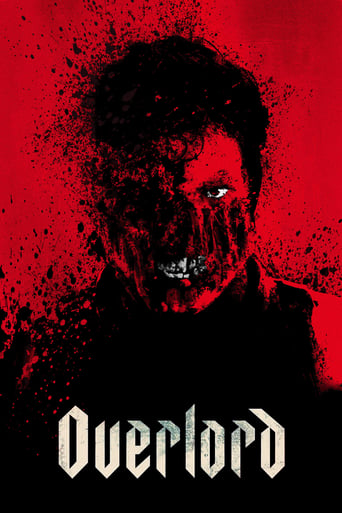
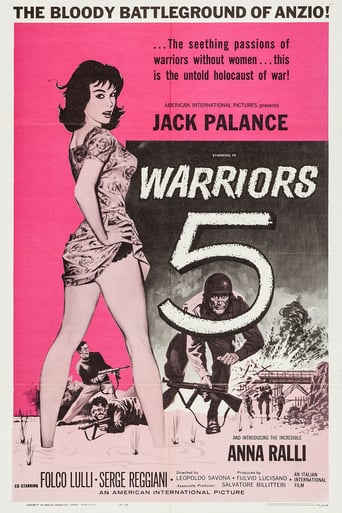
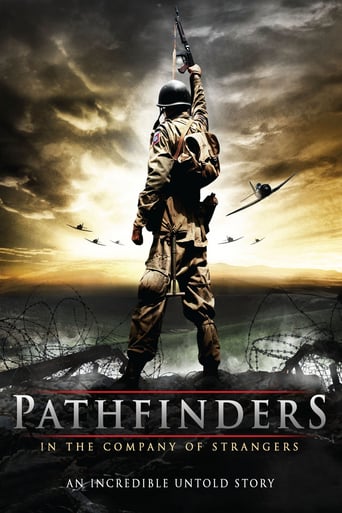
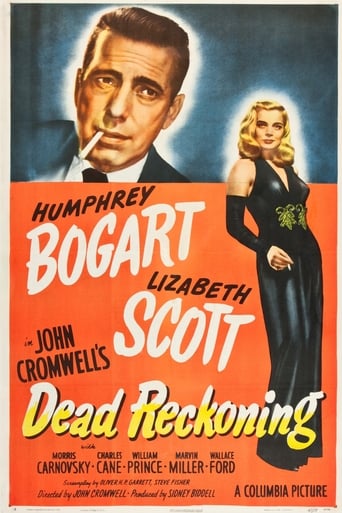
Reviews
best movie i've ever seen.
As Good As It Gets
A terrific literary drama and character piece that shows how the process of creating art can be seen differently by those doing it and those looking at it from the outside.
what a terribly boring film. I'm sorry but this is absolutely not deserving of best picture and will be forgotten quickly. Entertaining and engaging cinema? No. Nothing performances with flat faces and mistaking silence for subtlety.
RKO gave the movie going public of the fall of 1941 Parachute Batallion about this new creation of the US Army the paratrooper. This film follows the training and rivalry of three paratrooper trainees Robert Preston, Edmond O'Brien and Buddy Ebsen.Buddy Ebsen plays a hillbilly type around for comic relief. But O'Brien and Preston are in serious heat over Nancy Kelly, daughter of Harry Carey a legend in the ranks of those who were pioneering the art of jumping out an airplane. Preston is a former All American with notches on his belt over the various women he's conquered. O'Brien unbeknownst to all is the son of the base commander Robert Barrat and on a drunken dare enlists to see if he has the right stuff.If you think you've seen this before you have. Strip away the musical numbers of the Andrews Sisters and the comedy of Abbott&Costello you've got Buck Privates. Parachute Batallion comes down to pretty much the same thing, the only question is who will get Nancy Kelly.Richard Cromwell has an interesting part, something not in Buck Privates, a wise guy who looses his nerve. He and Edmond O'Brien have a great scene when he calms down Cromwell in an airplane.Nicely done, but dated wartime flag waver.
Although it gives a rather light-hearted treatment to the rigor of paratrooper training, this film has considerable value and interest especially for military and airborne history and development. The light- heartedness may be accounted for because of the newness of the paratroops in 1941, efforts to educate the public and military about airborne training, and intentional efforts not to scare recruits away. Its major flaw is in not showing the rigors of training. As a former paratrooper (from the Cold War years of early 1960s in Germany), I thought the easy-go-lucky atmosphere in this film was quite exaggerated. Indeed, reading accounts of the first test platoon and parachute units (some good online sources), informs that the training from the earliest was most rigorous and with considerable discipline.The biggest difference noted in the training from then until now, is that enlistees were then going right into training to be paratroopers -- so, boot camp and infantry specialty and jump school were all rolled into one. This film is important to point out that bit of history in the time just before and during the war. But, since WWII, paratroopers have first had to complete 8 weeks of regular basic training (boot camp), then go to their specialty school for 8 weeks or more (infantry, artillery, communications, medical, etc.), and finally spend 3 to 6 weeks in jump school at Ft. Benning, GA. The latter depends on passing the very rigorous physical abilities test. One has three tries (weeks) to make it. If on the first try, jump school then is three weeks. One other note: the Army Airborne school also trains men and women who go into some other specialty fields and from other branches of the service (Special Forces; Long Range Recon Patrol -- it may be called something different now; Navy Seals; Air Force forward observers -- if they're still used, etc.).Some scenes that other viewers may find strange or questionable are important to have been included because they show things that really happened – in my airborne training and service, and that of two brothers and older and younger paratroopers I've met over the years. Two examples in this film were of men "freezing" in the door and not being able to jump; and of a jumpmaster giving a jumper a boost or shove out the door. The gun scene was overboard – I doubt it has ever happened; but, where the film was quite light otherwise, it may have served to show in earnest the early fear and reticence (anyone in his or her right mind at least has butterflies the first few times up) about going out the door. And, the "yahoo" reaction shown by two or three of the troopers after they have "hit the silk" is a true portrayal of the feeling of elation and somewhat wonderment of hanging suspended in the air and slowly floating to the ground.Some of the training from the earliest days (packing of one's own chutes, and individual jumps), as well as equipment, had changed by the late 1950s and early 1960s, to say nothing of the aircraft used for jumping (from C-47s, to C-119 Flying Boxcars during most of WWII, to C- 130s, to C-124 Globe Trotters, to the Jet transports of later years). Also, the jump chute design and parachute landing falls were soon changed from what was shown in the film -- to a roll, to prevent broken legs from stiff-legged landings. The 250-foot towers as well as shorter jump training towers with cables are in use today. All in all, though, this was a very good film. Most likely, veterans and others interested in military history would not be bored by the repeated jumping scenes. And, I think the considerable cast of known actors for the time, with a fairly decent, if somewhat predictable story line, made it an altogether enjoyable film. I'm sure it brings a smile to any veteran's face – of any branch of service – to think that a recruit in boot camp or initial training would get a pass, or be able to go on a date with or visit a training NCO or officer's daughter. But that's part of Hollywood's license for fiction, supposedly to boost the entertainment value and/or box office take. For the historical and educational value, with a cast of good acting and lots of jumping, I score this fairly high – 9 stars.
"Parachute Battalion" was filmed with members of the 501st Parachute Battalion performing the actual jump scenes, etc. A member of my family was in the 501st and was killed on D-day after jumping into Normandy. On the very off-chance that he might be seen in the movie backdrop, I would like to be able to view a video of it but cannot locate a copy. Can anyone help me in this regard?
The very fact that President Roosevelt had instituted the military draft about three years before this movie was released suggests that America was anticipating becoming involved in World War Two, probably sooner than later. The film lacks the characteristic jingoistic propaganda that one finds in similar movies which tell of training civilians to be part of a modern industrial army. This is most likely due to the fact that there was no official enemy during the filming. The movie was released just nineteen days after the attack on Pearl Harbor, much too early to include enemies even though there had been a recent declaration of war against Japan. The dialogue, the characters and the plot are standard issue. One finds the tough instructor, the frightened recruit, the benevolent commander, the misguided football hero, and the one attractive female that everyone wants to marry. Still the movie is worth seeing, even with its shallow dramatic moments. The most entertaining scene in the movie is the dancing of Buddy Ebsen, who plays hillbilly recruit Jeff Hollis. One wishes there were fewer practice paratroop drops and more dancing by Ebsen.

